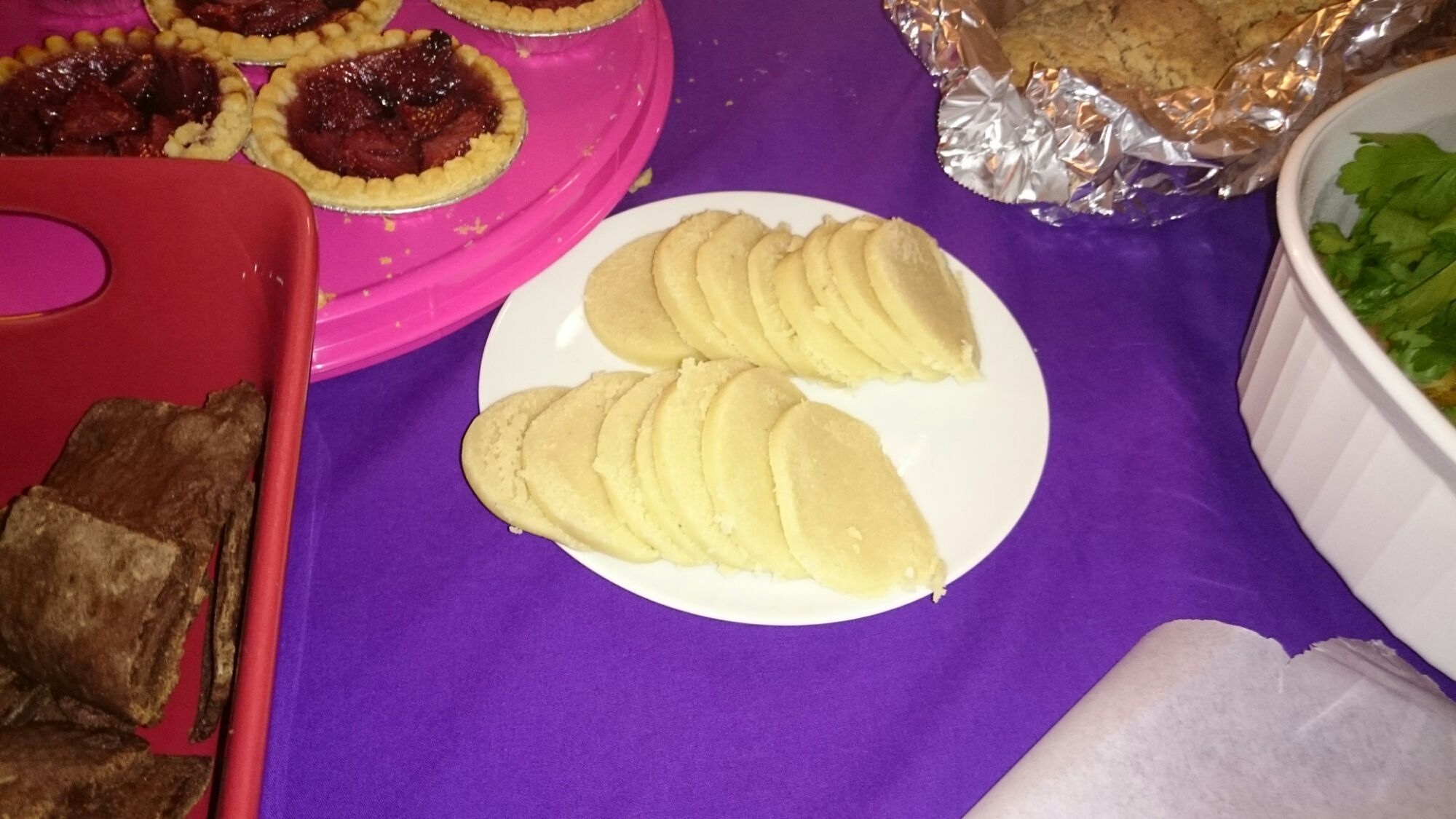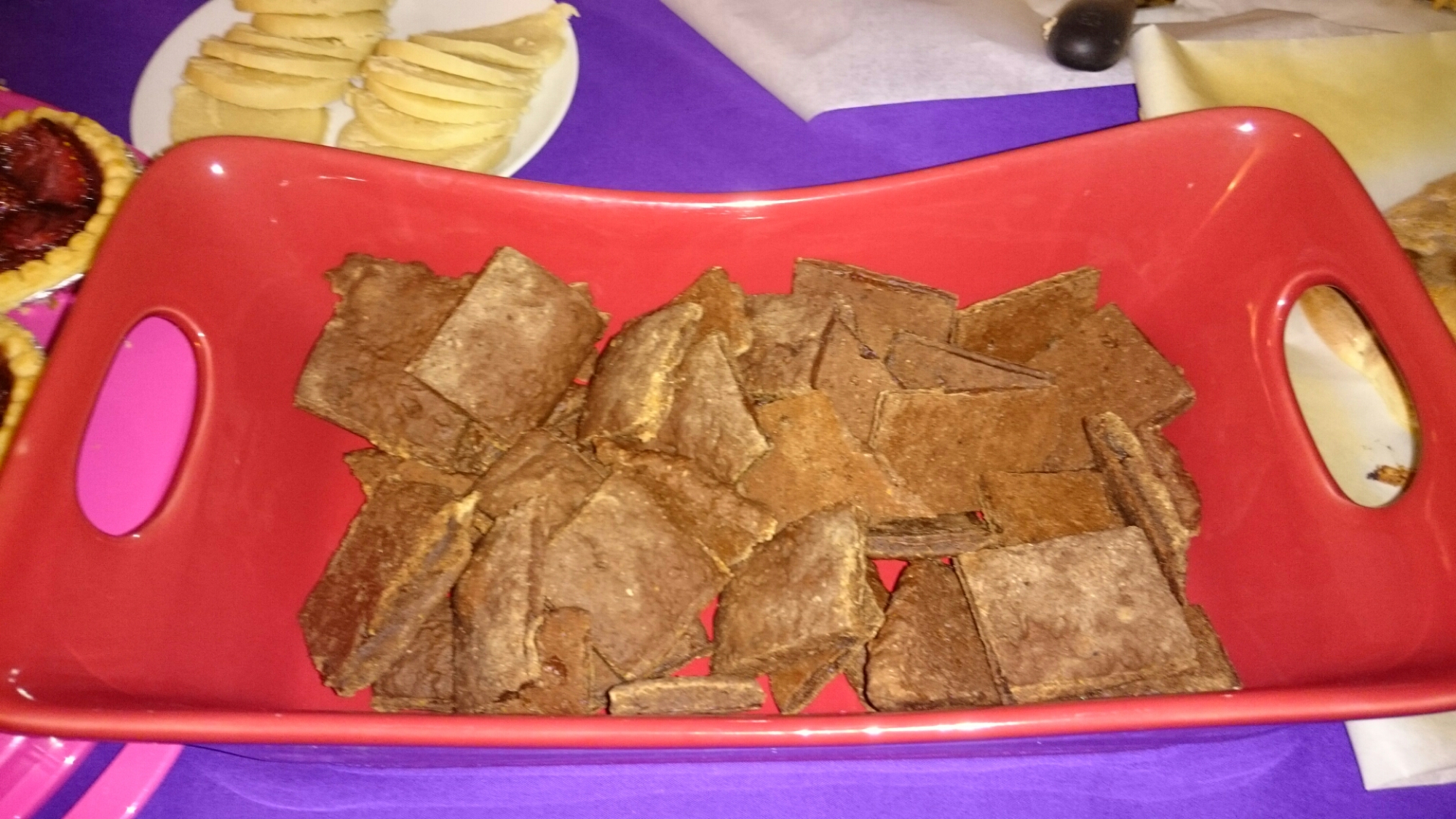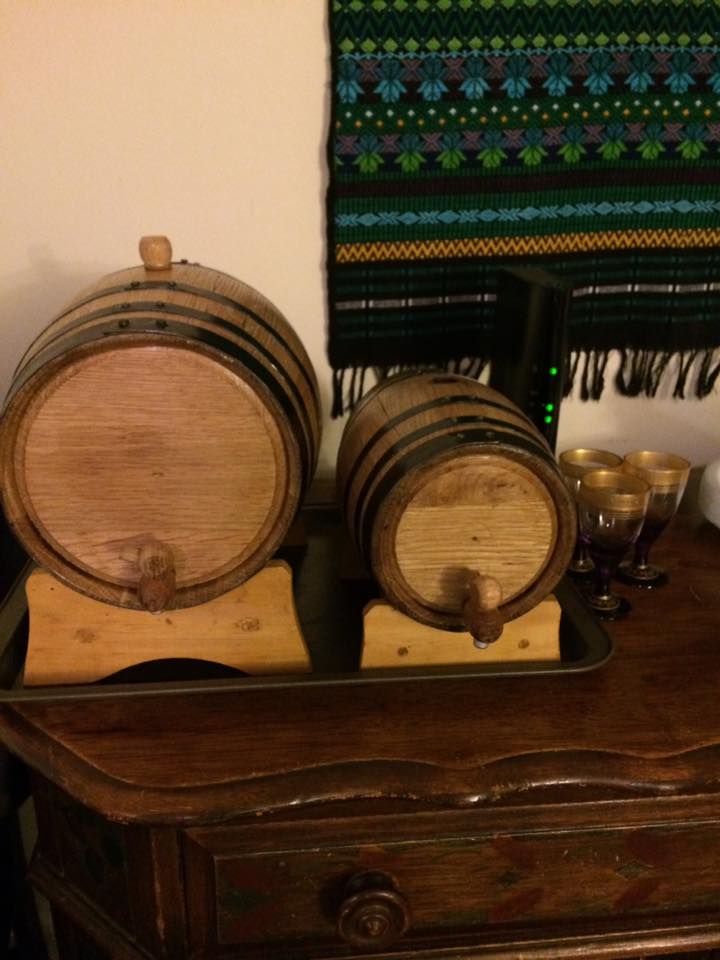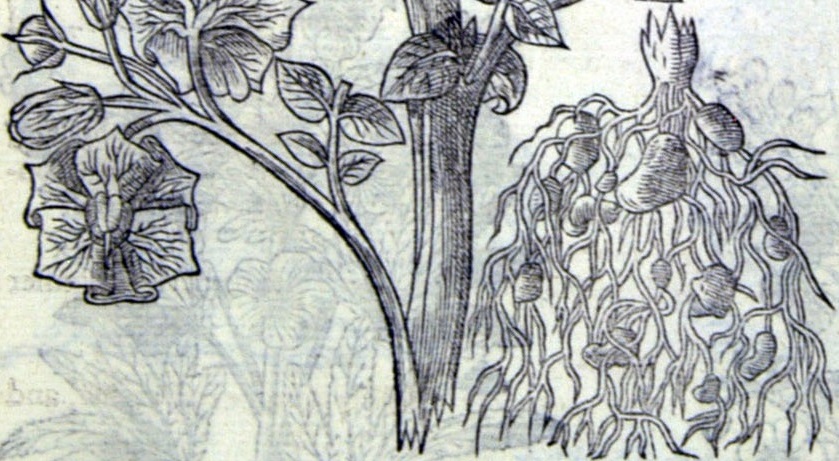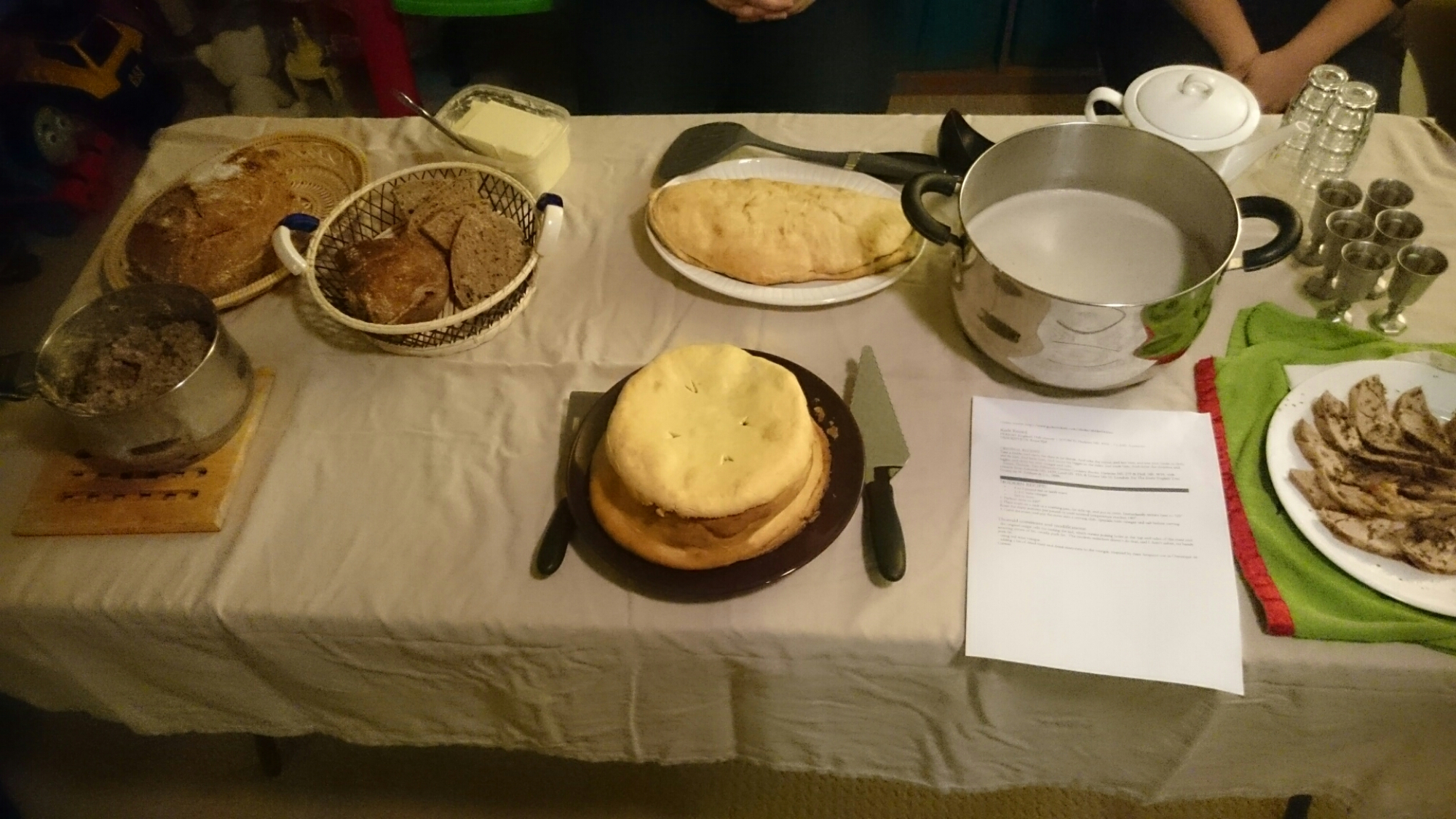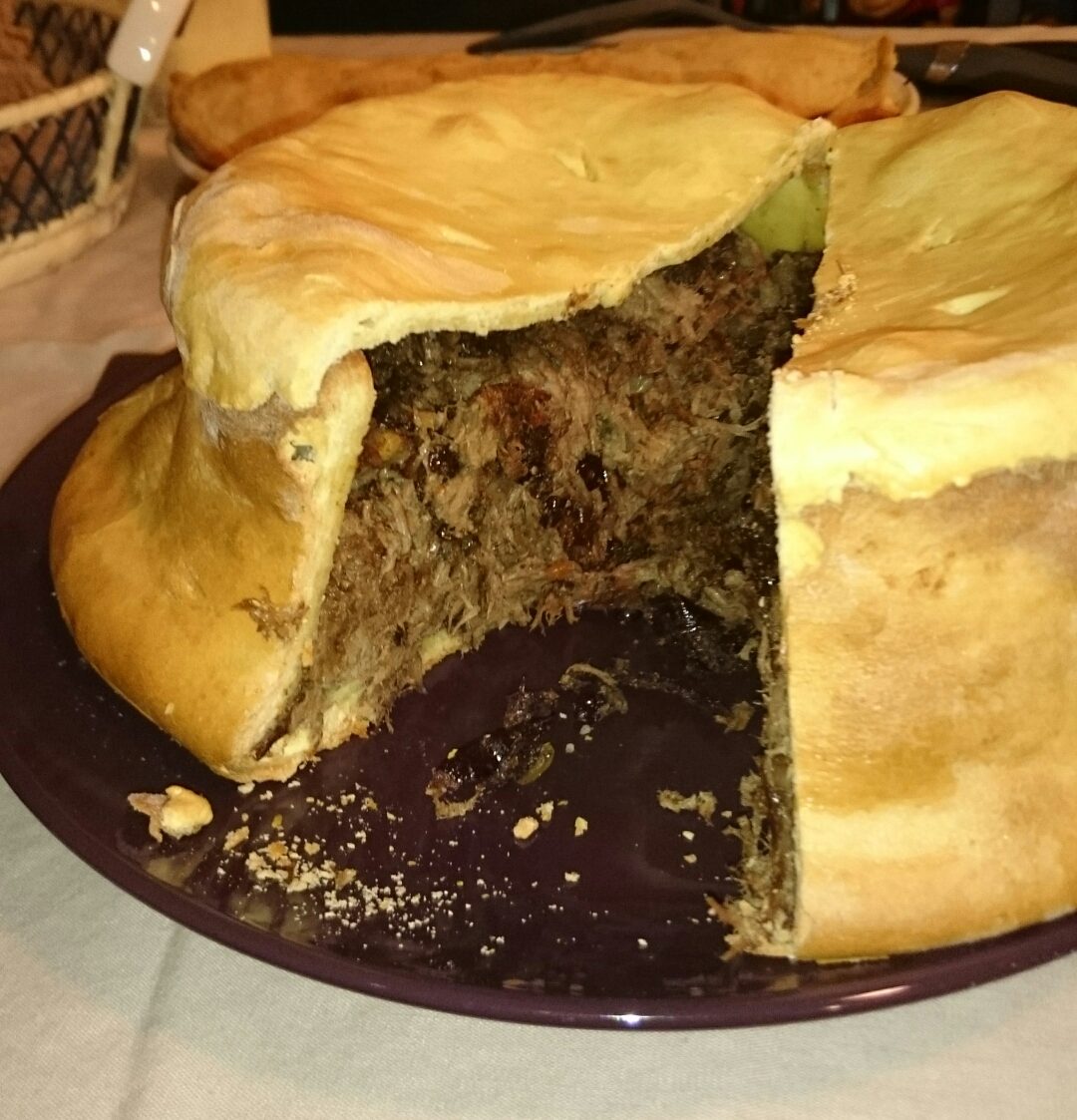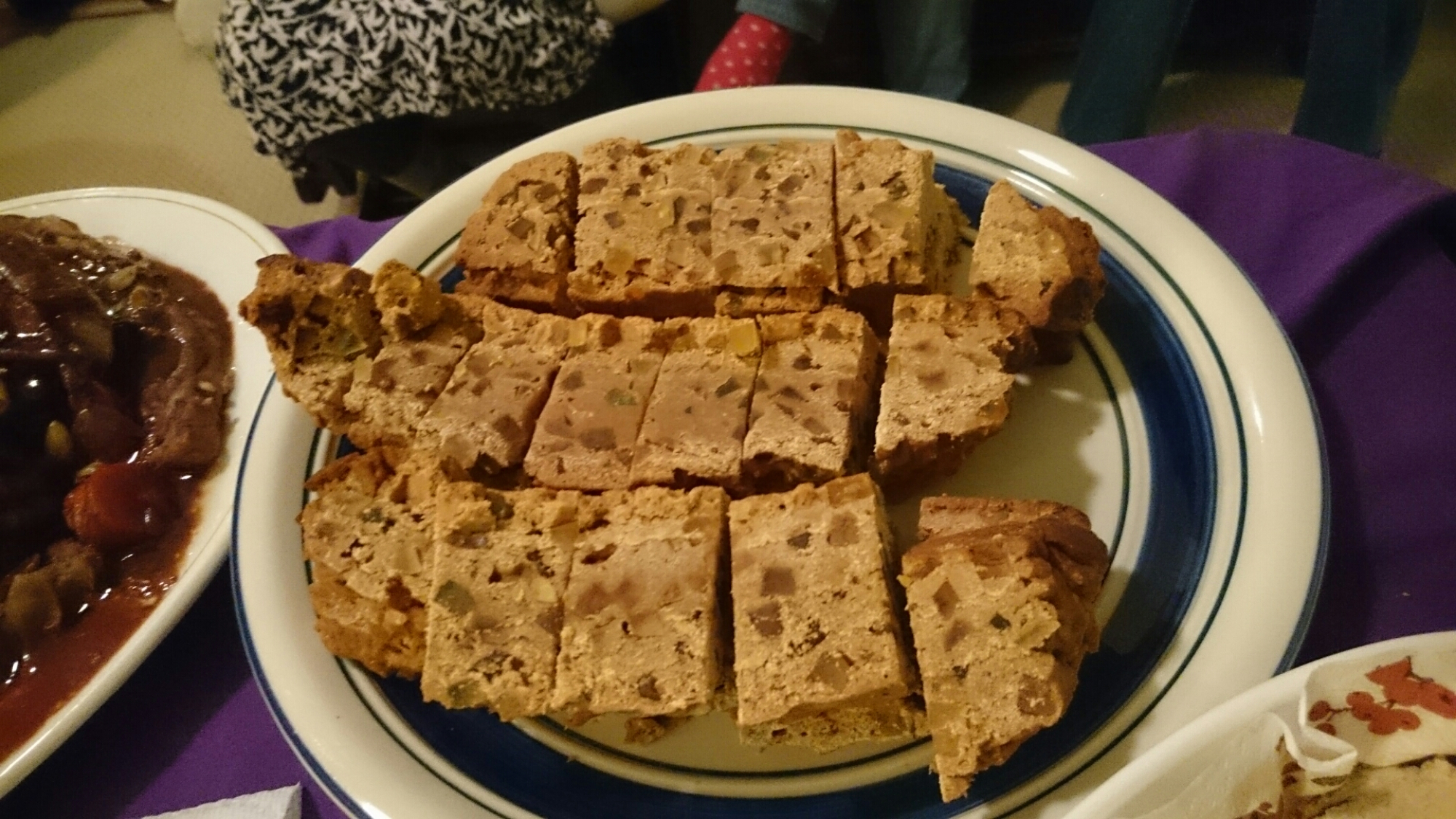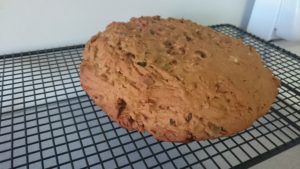A&S
Marzipan
I made this for a recipe that I’ll be posting in the next two weeks, but I thought it should have it’s own post. I brought some of it for the Montengarde Culinary Group meeting yesterday.
Modern Marzipan uses a 5:3 ratio of blanched ground almonds to sugar then adding rosewater until the texture is right (between one and two parts). However An Anonymous Andalusian Cookbook (13th century Spanish), Das Kuchbuch der Sabina Welserin (16th century German), and Delights for Ladies (16th century English) use a 1:1 ratio of almonds to sugar so I’ll be using the same. You can make this in your mortar but this time I’m using my kitchen servant, aka food processor, to speed things up.
